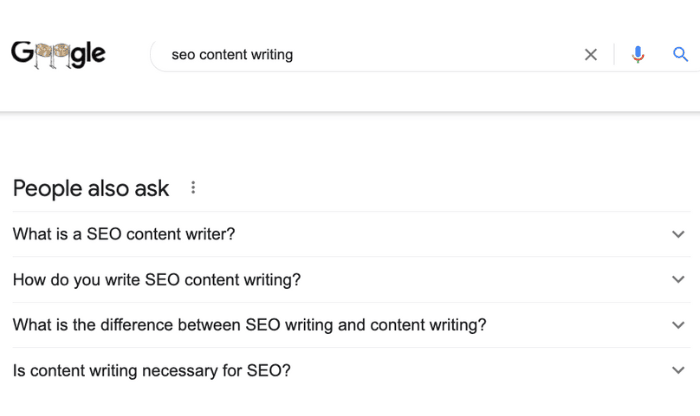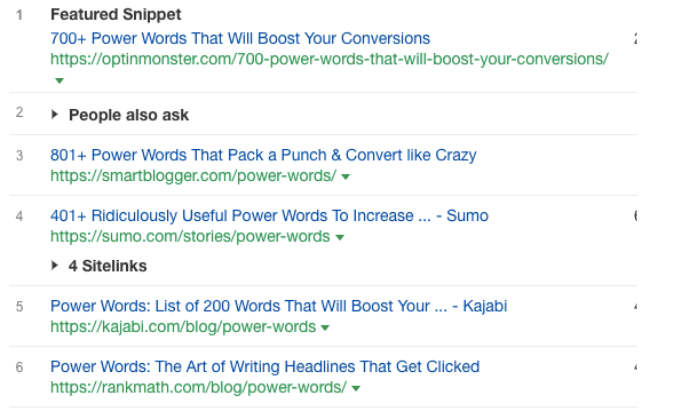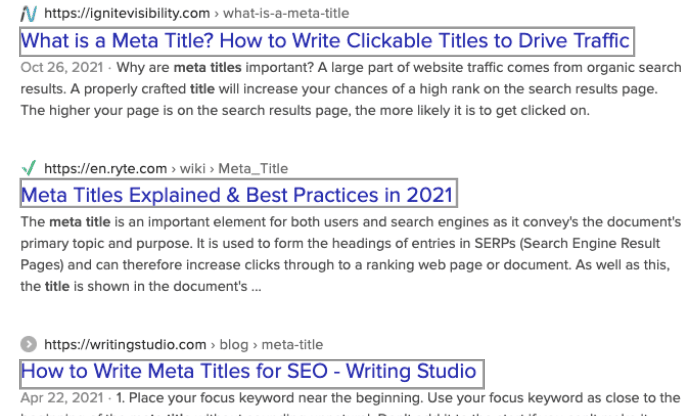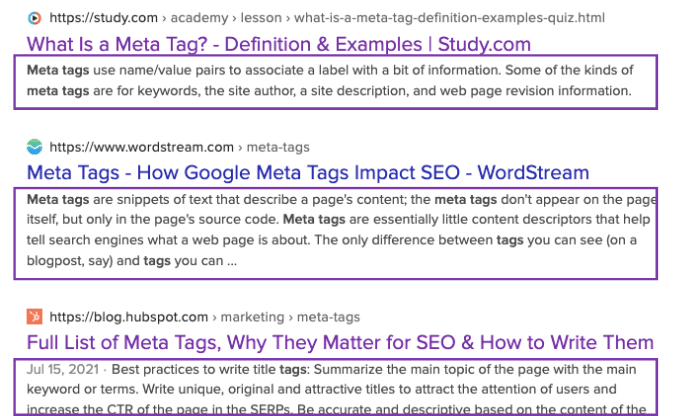Are you grappling with the ever-evolving world of SEO copywriting?
You’re not alone!
It’s a powerful tool that, when wielded correctly, can skyrocket your site’s visibility. But here’s the kicker: understanding its nuts and bolts can be as tricky as a Rubik’s Cube.
From keyword placement to engaging meta descriptions, we’re about to spill the beans on actionable techniques. Techniques that will not only boost your rankings but also resonate with your readers.
So, ready to turn the SEO copywriting conundrum into your secret weapon?
Let’s dive right in!

What is SEO Copywriting?
Copywriting is the art of writing content that encourages a reader to take a specific action:
- clicking on a link
- purchasing a product
- donating to a cause
- scheduling an appointment.
SEO (Search Engine Optimization) is the ability to position your content strategically so it gets picked up by Google’s algorithm and starts to rank in the SERPs (Search Engine Results Pages).
When you pair up these two terms, you’re looking to enhance your online content writing with SEO keywords that Google considers relevant based on a searcher’s intent.
And when your SEO copy starts to rank on Google, whether it’s a blog post, a landing page, an ebook, or website content, you create evergreen traffic.
This type of natural traffic has much more staying power than the copy you target for an online ad and puts more money back into your budget.
SEO copywriting services are what a company or digital marketing agency employs to create organic traffic, drive more leads, build better reader engagement, and become a credible presence on the web.
Logically your next question will be HOW do I accomplish this?
Follow me to uncover the most crucial SEO copywriting tips and techniques you’ll need to understand to reap the benefits of having high-ranking relevant content on Google.
10 Timeless SEO Copywriting Tips That Will Boost Your Posts to the Next Level

The following SEO tools will give you the foundation to position and optimize your copywriting for search engines.
1. Use Your Keyword Strategically
First, you’ll need to know what related keyword phrases strategically fit your objectives, your audience’s search intent, and the words you can successfully rank for on Google.
Thankfully, excellent keyword research tools can help you accomplish your goals, like Ahrefs, SEMRush, and Moz.
Okay, you’ve discovered your keyword, and it’s time to write.
But WAIT, before you do, you should outline your copy so you can place the keyword strategically throughout your blog post or landing page.
For your content to be considered valuable, your keyword needs to be present in the following places:
- Your headline must include the keyword
- The first sentence of the introduction must mention your keyword
- The keyword is sprinkled throughout other subheads where appropriate
- And lastly, include your keyword in the closing subhead
Let’s take a look at an example from Smart Blogger:

See how the following post positions the target keyword “how to write a blog post,” which ranks on page one of Google.
A word of caution, resist the urge to keyword stuff and remind yourself you’re writing for humans too! Keep your copy natural and insert keywords where it makes sense without sacrificing quality content.
2. Focus on Searcher Intent
You want to understand why your searcher is typing a keyword into Google.
What are they hoping to find?
What questions are they asking about the keyword?
A quick way to answer these questions is the people also ask box often included on the first page of google, answering the most popular questions related to the keyword.

You’ll also want to glance at the related searches at the bottom of the page to see additional topics of interest.
You can then begin to structure your content strategy based on the keyword research you gather from the front page search results on Google.
And now that you know who your searcher is, be sure to get to the point quickly when writing your copy.
Avoid lengthy introductions and stories that may cause your audience’s eyes to glaze over and prompt them to click out of your post.
3. Research What’s Already Ranking
Understanding search intent equates to knowing what’s already been written on your keyword.
Look no further than the first page SERPs (search engine results pages). Here’s an example for “power words.”

You’ll want to read everything ranking on pages one and two for your keyword related to the SEO content you want to produce. You can ignore ads, website pages, and copy unrelated to blog posts or articles.
Focus on the following:
- What types of posts are ranking on pages one and two? Are they predominantly list posts, how-to posts, case studies, etc.?
- What is the typical post length?
- What are the common elements in the headlines?
- What are the predominant subjects of each blog post?
- Are examples present to elaborate points?
Once you gather this information, you’ll get what best matches the search intent, according to Google’s algorithms.
So now you can mirror popular trends and understand how to differentiate yourself from the competition.
In other words, what can you add that’s missing from other posts?
And how can you create more value for the reader?
Now you’re off to the races, knowing exactly how to focus your SEO content so it satisfies search intent and pleases the Google gods.
4. Craft an Irresistible Headline
Crafting irresistible headlines is an art form.
However, we’re going to show you how to fast-track your way to click-worthy headlines with the following tips:
- Include your keyword in the headline because it alerts Google and the reader to precisely what the post promises to deliver
- Mention a clear benefit, whether expressed or implied
- Enhance your headline with Click Through Rate Boosters such as numbers, parentheses, and symbols
- Use power words and active verbs to make the headlines attractive and clickable
- Keep your headlines from being truncated in the SERPs by utilizing a free SERP Simulator tool
Writing headlines takes practice, but when you incorporate the above tips, you’ll be on your way to clickable headlines in a heartbeat!
5. Write for Your Readers (Not Just the Algorithm)
Good SEO copywriting means writing for your readers first and then going back to tweak your content to optimize it for Google’s algorithms in a natural way.
A good SEO copywriter can please the reader and enhance the post for SEO content.
So the next question becomes, how do you write content intriguing enough to stop readers from leaving your post?
To answer this question, let’s look at the following guidelines guaranteed to create engaging content and inspire your reader to ask for more.
- Write straightforward, concise copy
- Get to the point
- Build empathy with readers
6. Improve Readability with Smart Formatting & Visuals

The average attention span of a human is less than a goldfish.
Yes, a goldfish clocking in around 9 seconds beats out the average human at 8.25 seconds.
This is why readability is so important for an SEO copywriter.
Follow these tips to improve your content’s readability significantly:
- Format your text into short easy to understand sentences and short paragraphs
- Use subheads to make your posts more scannable
- Make essential information more accessible by utilizing numbered or bullet points
- Get creative with bold or italic fonts that make the words pop
- Break up that “wall of text” with various relevant visuals like screenshots, photos, charts, graphs, quotes, etc.
7. Target Secondary Keywords, Relevant Terms & Questions
Google associates keywords with related questions and search terms, as mentioned in #2. Focus on Searcher Intent.
Your ability to answer these questions in your SEO copy will align your post to search intent, satisfy Google’s algorithm, and allow your blog post to rank higher in the SERPs.
And the more you mention secondary keywords, relevant terms, and questions, the more you position your content to be viewed as an authority on a topic. And authority ultimately helps you gain visibility on pages one or two of Google.
For more in-depth research, use an SEO tool like Ahrefs, MarketMuse, and Ubersuggest to give your SEO writing a boost.
8. Optimize Headers and Meta Tags
Search engines give different types of text more importance than other types.
For example, headers and subheaders are weighted more heavily than regular text because they summarize what the next group of ideas will communicate. So, effective SEO writing includes your keyword and relevant terms in headings and subheaders, as well as in the regular text.
However, it is still essential that your text underneath a subhead and header stay true to the overall theme. There’s nothing worse than getting excited by a heading only to have the content underdeliver its promise.
Diving deeper into this topic, let’s examine meta tags and titles next.
A meta tag is the description or summary of a post that you see listed in the SERPs.
A meta title is the heading you give a post that includes the keyword and CTR boosters that elevate your title in the search engines. They are limited to 55 to 60 characters.

A meta description is text embedded in HTML code that search engines crawl to determine what content gets the most clicks and best fits search intent.
As you write the meta description, you’ll want to include the target keyword and keep the length to 155 to 160 characters.

You’ll access your meta titles and tags through your blog publishing tool like WordPress. And an SEO copywriting service like Yoast SEO or SEO Press walks you through the process, taking the guesswork out of optimizing your description for SEO.
9. Link to Relevant Internal Posts and External Authorities that Add Value
You automatically add authority to your domain when you link to relevant information that supports your post.
A word of caution, don’t add links just to add links.
You’ll want to connect to reputable sites to build your reputation.
And just as we talked about avoiding keyword stuffing, you’ll need to add your links naturally. Creating a flow and value add to the reader as you write is fundamental.
Also, linking comes in handy when creating a cluster of posts vibing off a central theme.
As your scope of content grows, you add immense value by linking relevant terms to other posts you’ve written on the topic. These links propel you to authority status in Google’s eyes.
Lastly, you’ll want to steer clear of linking to sites you’re directly competing against. You don’t want to tell Google, “Hey, pay attention to this post instead of mine.” It dilutes your ability to compete with the big dogs.
But, don’t worry, you’ll be able to find other relevant, non-competing information on the web to link to without being in direct competition with another post.
10. End Your Post with a Clear Call to Action
The ultimate purpose of copywriting is to lead your potential customer to your solution, which often means buying their way out of a problem.
To that end, it’s necessary to include a call to action (CTA) that prompts them to act in some way.
For example, subscribing to your email list for newsletters or other goodies, signing up to receive a more in-depth article, or purchasing a course, are just a few ways to implement a CTA.
You can accomplish this by adding a link or a button and strategically placing it in your content where it feels natural.
Remember that you always want to lead your reader to the next step.
SEO Copywriting Made Easy

Hopefully, you’re no longer doubting your ability to become a skilled SEO copywriter.
With so many resources to guide you on your journey, know you’re not alone as you hone your expertise in this popular field.
As you craft your next online masterpiece, blend these ten fundamental SEO copywriting best practices into your content strategy. They will put your great content in front of your readers and organically grow your audience.
The post 10 Timeless SEO Copywriting Tips to Rank Higher (+ Examples) appeared first on Smart Blogger.

No comments:
Post a Comment